The Grumman XF5F Skyrocket was a prototype twin-engined shipboard fighter interceptor. The United States Navy ordered one prototype, model number G-34, from Grumman Aircraft Engineering Corporation on 30 June 1938; its designation was XF5F-1. The aircraft had a unique appearance: The forward "nose" of the fuselage did not extend forward of the wing. Provisions were included for two 20 mm (0.906 in) Madsen cannon as armament.
In 1938 Grumman presented a proposal to the U. S. Navy for a twin engine carrier based aircraft, unlike any other fighter aircraft that had ever been considered. The design was for a lightweight fighter (under 10,000 lbs maximum takeoff weight) powered by two 1,200 hp Wright R-1820 engines, with propellers geared to rotate in opposite directions to cancel out the effects of each engine's torque, promising high-speed, and an outstanding rate of climb.[1]
The XF5F Skyrocket was a low-wing monoplane with a short fuselage that began aft of the wing's leading edge with a twin tail assembly that featured a pronounced dihedral to the horizontal stabilizer. The main landing gear and tail wheel were fully
Operational history
The aircraft flew for the first time on 1 April 1940. Engine cooling problems arose in the initial flights, resulting in modification to the oil cooling ducts. Further modifications were made to the prototype including reduction in the height of the cockpit canopy, revising the armament installation to four 0.5 in (12.7 mm) machine guns in place of the cannon, redesign of the engine nacelles, adding spinners to the propellers, and extending the fuselage forward of the wing. These changes were completed on 15 July 1941.
Testing by Grumman test pilot "Connie" Converse indicated "the flying qualities for the XF5F-1 were good overall. The counter-rotating props were a nice feature, virtually eliminating the torque effect on takeoff ... single-engine performance was good, rudder forces tended to be high in single engine configuration. Spin recovery was positive but elevator forces required for recovery were unusually high. All acrobatics were easily performed, and of course forward visibility was excellent."[3]
In 1941, Navy pilots tested the XF5F-1 in a fly-off against the Supermarine Spitfire, Hawker Hurricane, Curtiss P-40 Warhawk, Bell P-39 Airacobra, Bell XFL Airabonita, Vought XF4U Corsair, Grumman F4F Wildcat, and Brewster F2A Buffalo.[4] LCDR Crommelin, in charge of the test, stated in a 1985 letter to George Skurla, Grumman president:
"for instance, I remember testing the XF5F against the XF4U on climb to the 10,000 foot level. I pulled away from the Corsair so fast I thought he was having engine trouble. The F5F was a carrier pilot's dream, as opposite rotating propellers eliminated all torque and you had no large engine up front to look around to see the LSO (landing signal officer) ... The analysis of all the data definitely favored the F5F, and the Spitfire came in a distant second. ... ADM Towers told me that securing spare parts ... and other particulars which compounded the difficulty of building the twin-engine fighter, had ruled out the Skyrocket and that the Bureau had settled on the Wildcat for mass production."[4]
Additional changes were needed after further flight tests that were not completed until 15 January 1942. In the meantime, Grumman began work on a more advanced twin-engine shipboard fighter, the XF7F-1, and further testing with the XF5F-1 supported the development of the newer design. The prototype continued to be used in various tests, although plagued by various landing gear problems, until it was struck from the list of active aircraft after it made a belly landing on 11 December 1944.
(Thanks WIKIPEDIA for the information)
Controls
Ag1-Arresting hook
Ag8-fold/unfold wings
Attention to make it like the real thing please make one of the props to have an inverted rotation
Specifications
Spotlights
- ACEPILOT109 5.5 years ago
- masotan15 5.5 years ago
General Characteristics
- Created On Android
- Wingspan 36.1ft (11.0m)
- Length 24.7ft (7.5m)
- Height 11.5ft (3.5m)
- Empty Weight 8,600lbs (3,901kg)
- Loaded Weight 9,273lbs (4,206kg)
Performance
- Horse Power/Weight Ratio 0.258
- Wing Loading 22.6lbs/ft2 (110.3kg/m2)
- Wing Area 410.6ft2 (38.2m2)
- Drag Points 7169
Parts
- Number of Parts 103
- Control Surfaces 8
- Performance Cost 531

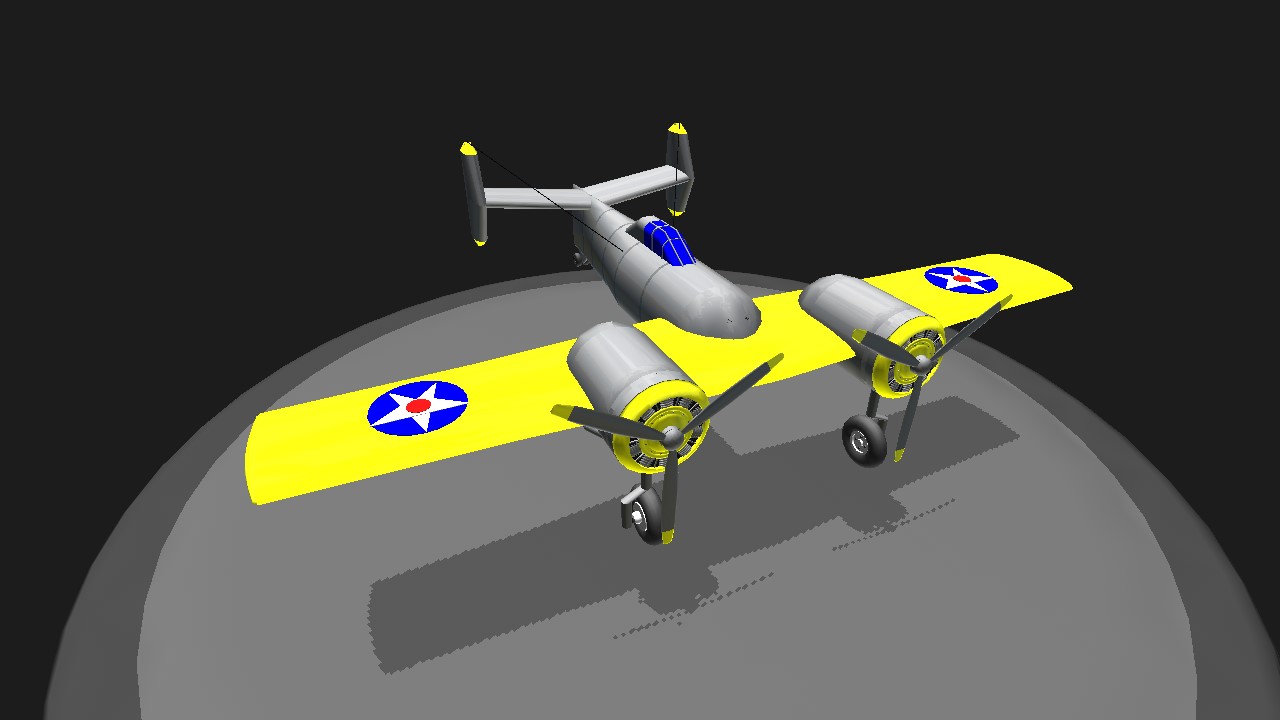
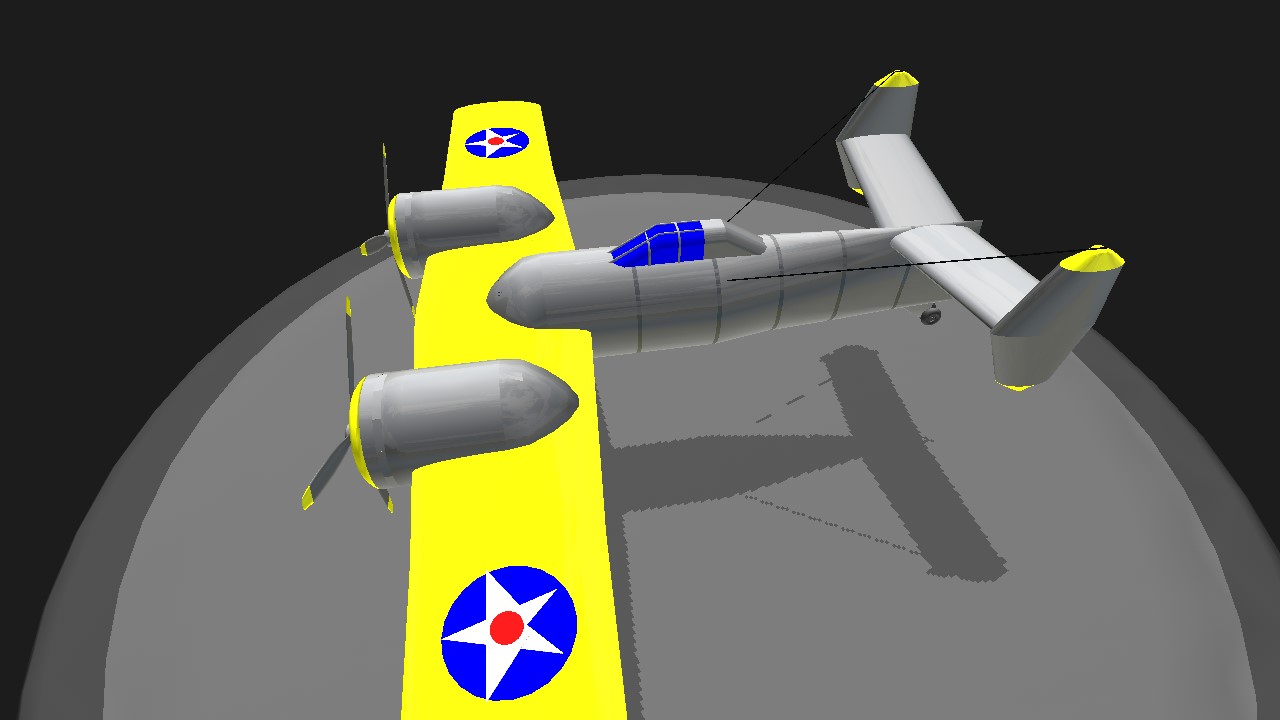
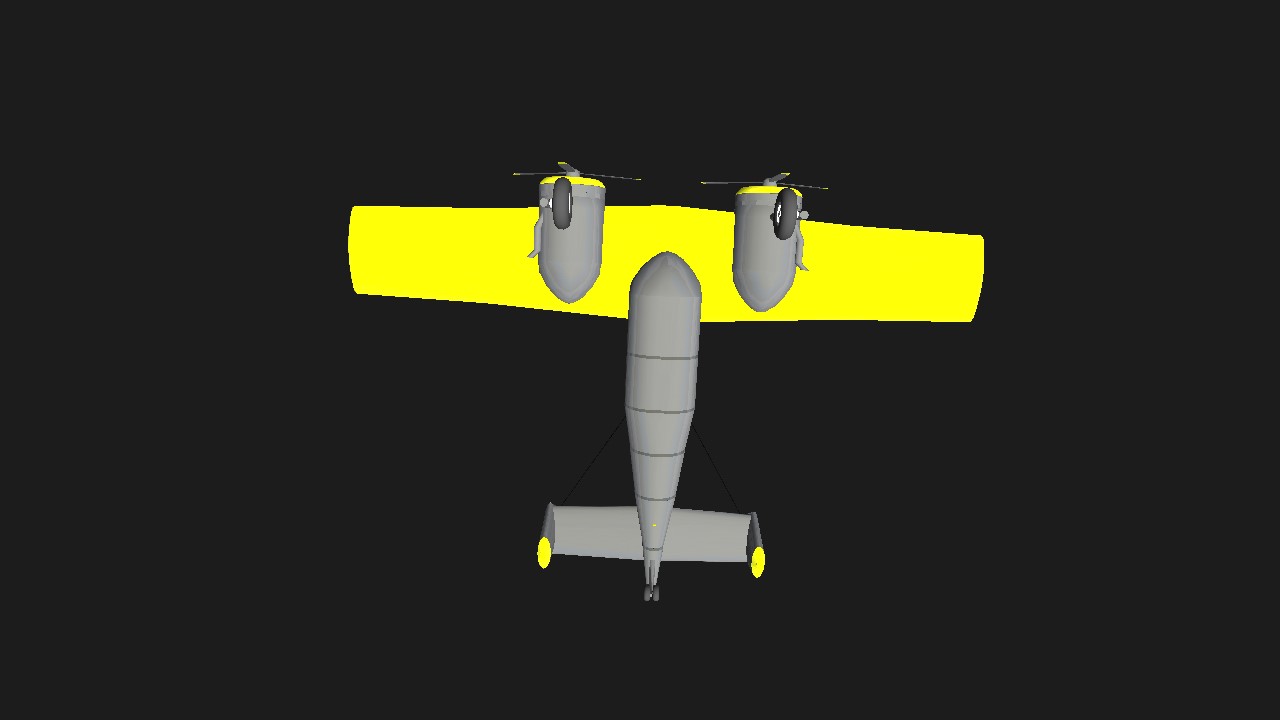
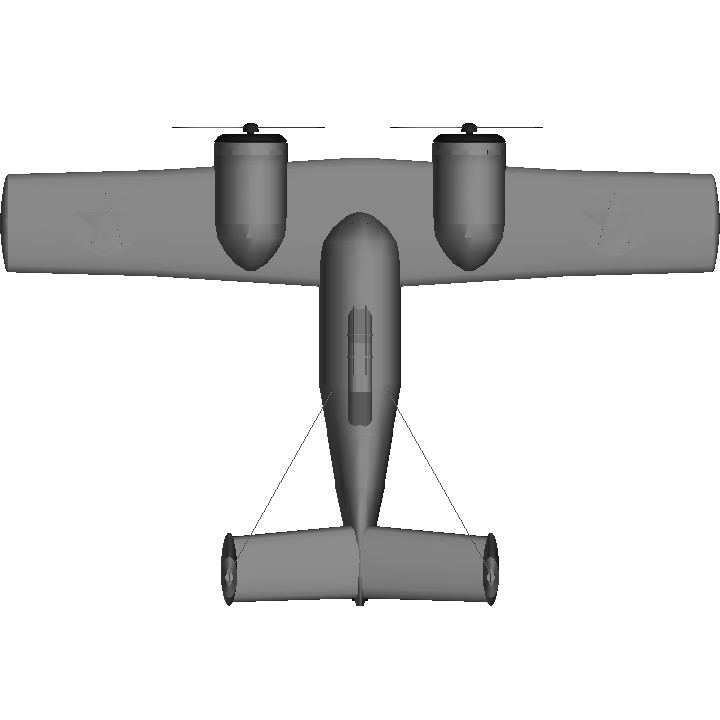
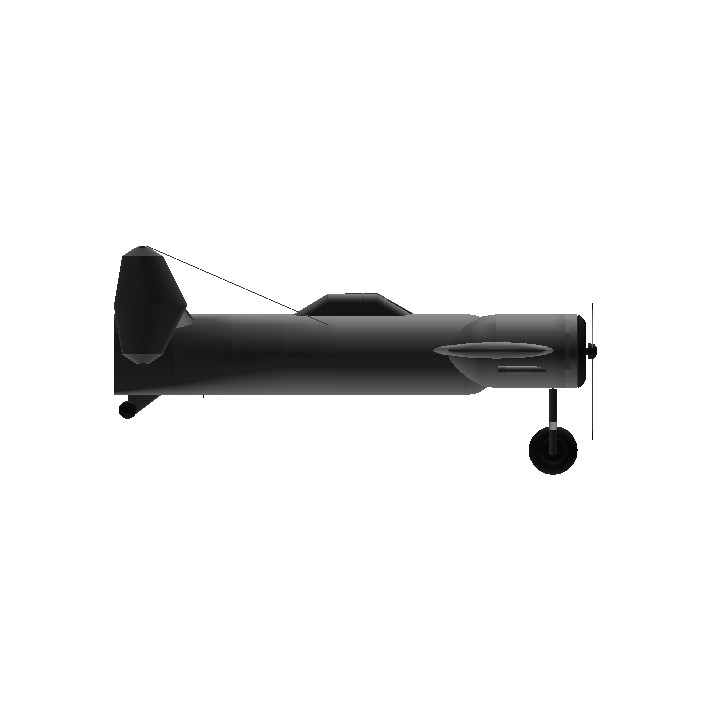
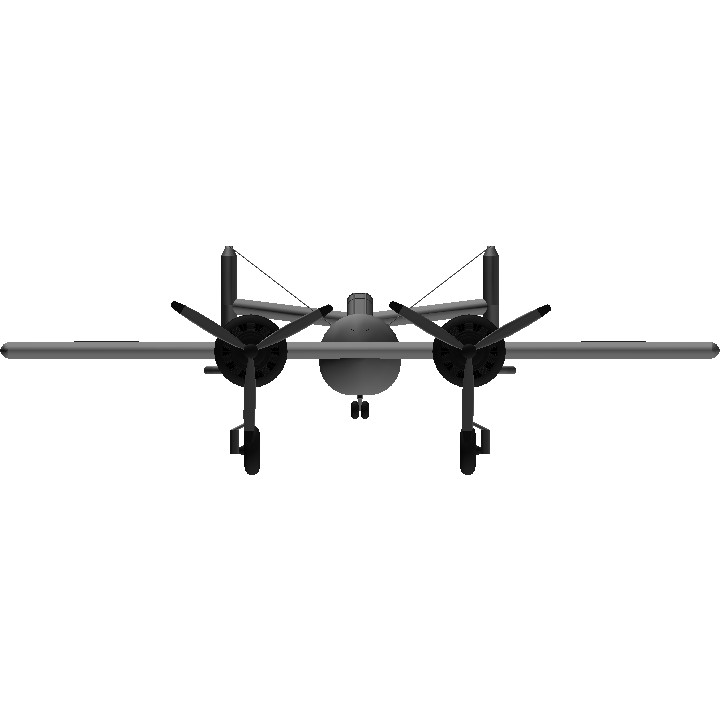
@Hedero for helping with the flight.......(again)
Yep T@lilgreen06
Sure thing! I can't wait to see it @lilgreen06
@lilgreen06
oh yes I still remember flying this! tag me!
So, hehehehe I said it@lilgreen06
@Mustang51
@DieDieTheLoaf @ACEPILOT109 @Hedero @Mustang51 I am going to try to make a much better version of this, It will hopefully be out by the end of the year, maybe this month (Hopefully). if you want me to tag you just say so and I will tag you, I am not trying to advertise myself I am just saying I am going to be building a better more accurate version. See you later with my next XF5F Skyrocket!
@Diloph lol
I was bouta say make your profile plane! yesterday
Finally I can spotlight this
Yeah of course!@lilgreen06
Whoops! I forgot to upvote!
@Mustang51 that would be quite the project, maybe in the future.
Pretty nice work on this! You should try to make it with custom control surfaces